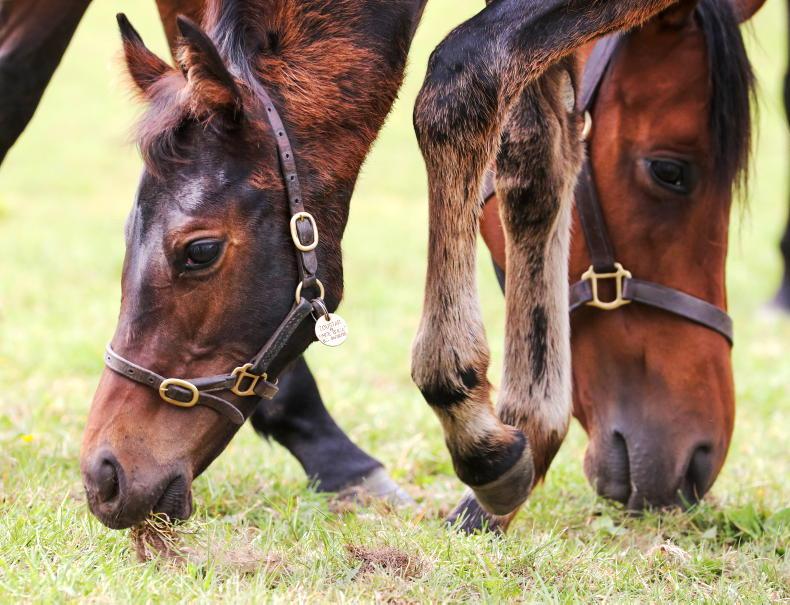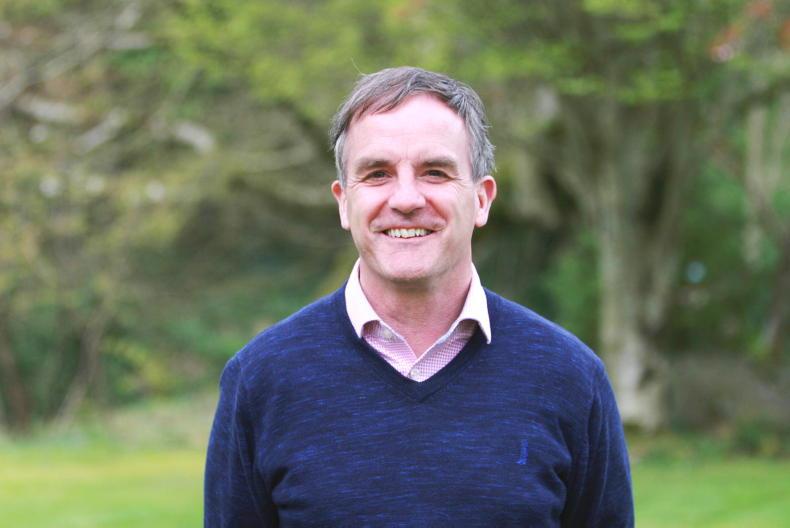EARLIER this year Horse Racing Ireland engaged with 56 industry participants from many different roles and discussed the topic of equine welfare. The exercise is called ‘co-design’ in that it is a collaborative process guided by science but finessed by those closest to the action.
Best-practice
The objective was to put current best-practice science into language, principles and criteria which are real and coherent. Participants at the co-design workshops spoke openly about current good practice and how it could be used to develop a standard for equine welfare in Ireland. All contributions were captured and we had a second day of focus where the topics discussed were further distilled. These outputs were given to a graphic artist to condense into a single illustration.
Benchmark
Equine welfare has evolved over the years. I always remind people that this is not a new topic and that a law was passed in the Irish Parliament in 1638 protecting horses from some work-related abuses. However, it is certainly a topic which receives more widespread attention these days. The benchmark has moved from ‘absence of cruelty’, through the ‘five freedoms’ and more recently the ‘five domains’ model of satisfactory equine welfare outcome.
Intuition and instinct
Our participants adapted a European framework called ‘Welfare Quality’ with four overarching principles: Good Feeding, Good Housing, Good Health and Good Wellbeing. This does not sound radical or earthshattering but nor should it be. Much of what we do with and around horses is deep-rooted in intuition and instinct on the part of people who often have been around horses all their lives. Doing the right thing for the horse usually doesn’t require a checklist. It just gets done.
Human-horse contract
Modern equine welfare science also sees the scorecard of welfare satisfaction as being one where balance is a factor. This is partly why the ‘freedom from’ model fell out of favour, because it was considered unachievable. The criteria identified by our participants provide achievable goals and represent current good practices already in place in Ireland. No life is free from moments of pain or ill-health. However, the human-horse contract (unwritten) expects that such negative moments are rare, short in duration, recognised and remedied in reasonable time. So it is not the negative event that defines the welfare status of the horse, but the way it is managed.
Many in the industry are weary of the implied criticism which they perceive from equine welfare exponents. It can seem like the endless hours of care and attention are negated by single isolated instances or that our critics are magnifying the occasional flaws ignoring the extremely high baseline of care which our horses enjoy. For me, the answer is to quantify this baseline, measure it and recognise it.
Welfare score
The next step from the co-design exercise is to utilise the criteria identified and develop a way to attach values to those criteria building a “welfare score” for a yard or farm. This score needs to be feasible, robust and repeatable to have value, and if it achieves these it will be a very useful tool next time we are placed under the microscope.


 This is a subscriber-only article
This is a subscriber-only article
 It looks like you're browsing in private mode
It looks like you're browsing in private mode






SHARING OPTIONS: